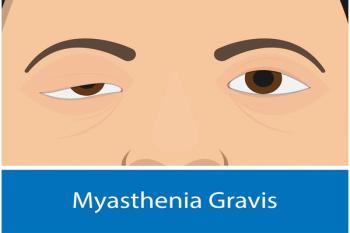
More Data Necessary to Determine Best Treatment Option in Basal Cell Carcinoma
Although many different treatments exist for basal cell carcinoma (BCC), many methods have not been compared in head-to-head randomized trials. A review recently published in Annals of Internal Medicine looked to evaluate the comparative effectiveness and safety of treatments in adults with BCC.
Although many different treatments exist for basal cell carcinoma (BCC), many methods have not been compared in head-to-head randomized trials. A review recently
“The US Agency for Healthcare Research and Quality noticed that there were many treatments available for basal cell carcinoma and were unsure of how effective they were. In order to improve treatment and health-policy decisions, a systematic appraisal and analysis of the existing literature was needed,” said Aaron Drucker, MD, ScM, in an
Researchers analyzed 40 randomized trials and 5 nonrandomized studies that investigated 18 common interventions for treating BCC. Data were reviewed and compared on recurrence, histologic clearance, clinical clearance, cosmetic outcomes, quality of life, and mortality for each intervention. According to the authors, this is the first analysis to compare more than 1 intervention simultaneously.
Collected data showed that estimated recurrence rates were similar for excision (3.8% [95% CI, 1.5%-9.5%]), Mohs surgery (3.8% [95% CI, 0.7%-18.2%]), curettage and diathermy (6.9% [95% CI, 0.9%-36.6%]), and external-beam radiation (3.5% [95% CI, 0.7%-16.8%]).
However, researchers also noted that recurrence rates were higher for cryotherapy (22.3% [95% CI, 10.2%-42.0%]), curettage and cryotherapy (19.9% [95% CI, 4.6%-56.1%]) 5-flurouracil (18.8% [95% CI, 10.1%-32.5%]), imiquimod (14.1% [95% CI, 5.4%-32.4%]), photodynamic therapy using methyl-aminolevulinic acid (18.8% [95% CI, 10.1%-32.5%]) or aminolevulinic acid (16.6% [95% CI, 7.5%-32.8%]). Unfortunately, there were not enough data to determine the interventions’ effects on quality of life and mortality.
The researchers recommended that a “better monitoring of population trends in BCC would help prioritize research on the most consequential groups of patients and types of cancer.” Additionally, it was noted that in order for clinicians, patients, and payers to make informed decisions about treating BCC, more trials are necessary to compile more evidence.
“When discussing treatment options with patients for shared decision-making, clinicians should explain that there is uncertainty around the relative effectiveness of the many different treatments,” said Drucker.
Reference
Drucker A, Adam G, Rofeberg V, et al. Treatments of primary basal cell carcinoma of the skin: a systematic review and network meta-analysis [published online September 18, 2018]. Ann Intern Med. doi: 10.7326/M18-0678.
Newsletter
Stay ahead of policy, cost, and value—subscribe to AJMC for expert insights at the intersection of clinical care and health economics.













































